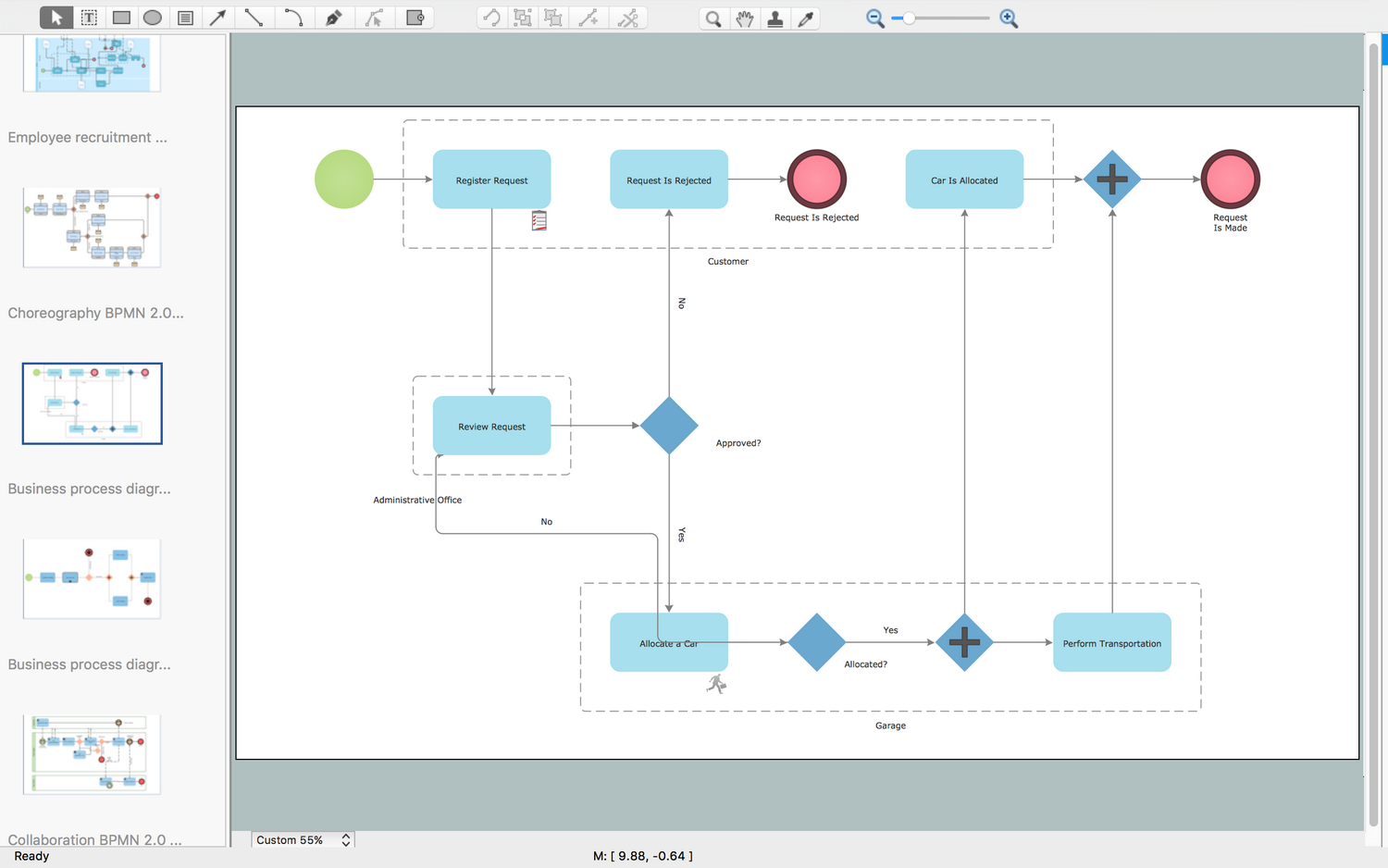
Processes and activities can be tracked and recorded in a sequential, easy-to-understand view clearly showing when tasks begin and end. They're most often used in situations with specific deadlines or time-sensitive processes.ĭespite its vintage, Gantt charts are still among the more popular and useful methods to show and track activities, tasks or events during certain periods of time. Gantt charts use a bar style that illustrates a project schedule, including the duration of tasks, any dependencies, key milestones and areas of task interdependence. Named after American mechanical engineer and management consultant Henry Gantt, these charts have been actively used for more than a century as a way to visualize process flows. With so many options available, it's important to know and understand nine of the more commonly used modeling techniques, keeping in mind that not every modeling technique is right for every process. Many process modeling techniques have been developed over the decades to support specific business needs.

isolates which tasks and processes can be automated to significantly increase efficiency and streamline tedious, repetitive and perhaps dangerous tasks so employees can focus on higher-value, higher-skilled work.īusiness process modeling technique examples.


Business process modeling provides an approach to mapping and representing those key steps in a visual manner to highlight how they flow together. What is a business process?Ī business process comprises a sequence of steps that flow in a specific order to achieve a desired outcome. To successfully map a process, it's important to first understand the composition of a business process, the need to document all the steps in the process and the various modeling techniques and business process modeling tools available.


 0 kommentar(er)
0 kommentar(er)
